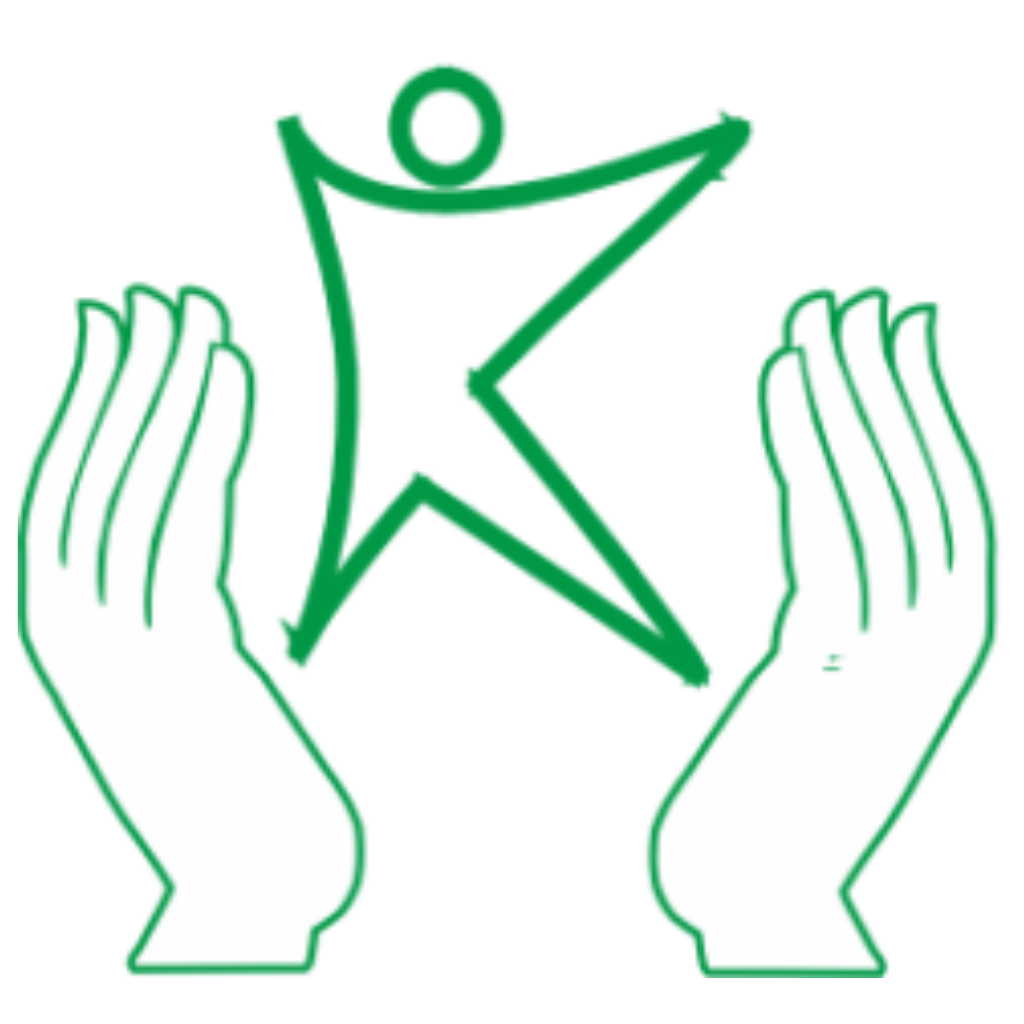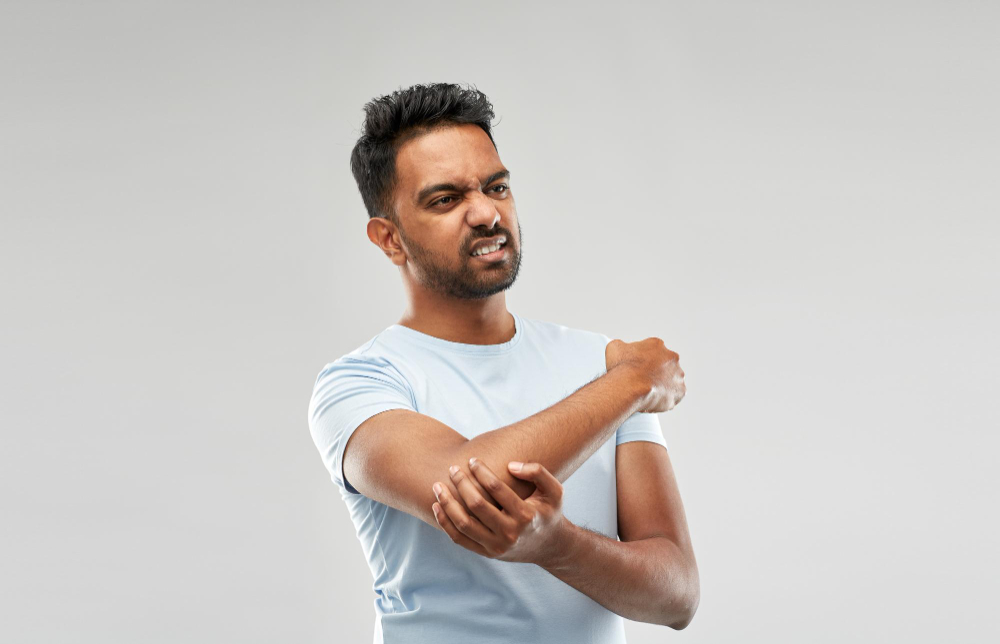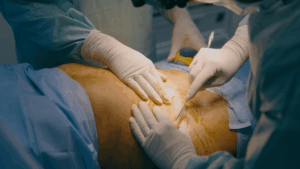Introduction
A UCL Tear is an injury to the ulnar collateral ligament in your elbow. This ligament helps keep your elbow stable, especially during throwing or lifting. Because the UCL is important for arm movement, a tear can cause pain and weakness. Many athletes, especially baseball players, are at risk. However, anyone can get a UCL Tear. Knowing the signs and treatment options can help you recover faster.
Symptoms
UCL Tear symptoms can vary. Some people feel pain right away, while others notice it over time. For example, you may feel a pop in your elbow during activity. After that, pain and swelling often follow. Common symptoms include:Pain on the inside of the elbowSwelling or bruising around the jointWeak grip strengthFeeling of looseness or instability in the elbowDifficulty throwing or lifting objectsElbow stiffness or reduced range of motion
If you notice these signs, you should pay attention. Early care can prevent further damage.
Causes and Risk Factors
UCL Tears often happen from repeated stress on the elbow. For instance, throwing sports like baseball or javelin put extra strain on the ligament. Sometimes, a single injury, such as a fall, can also cause a tear. Key risk factors include:Playing sports that involve throwingOveruse of the elbow jointPoor throwing techniquePrevious elbow injuriesSudden trauma or accidents
Because overuse is common, athletes should be careful. However, anyone can develop a UCL Tear if the ligament is stressed too much.
Diagnosis
Doctors use several steps to diagnose a UCL Tear. First, they ask about your symptoms and how the injury happened. Next, they check your elbow for pain, swelling, and movement. Often, doctors use imaging tests to confirm the injury. These may include:X-rays to rule out bone problemsMRI scans to see the ligament clearlyUltrasound for real-time images of the elbow
Because early diagnosis helps recovery, you should see a doctor if you have ongoing elbow pain. According to the American Academy of Orthopaedic Surgeons, proper testing is key for the best treatment plan.
Treatment Options
Treatment for a UCL Tear depends on how severe the injury is. For mild tears, rest and physical therapy may help. However, some people need surgery. Common UCL Tear treatment options include:Rest and avoiding activities that cause painIce packs to reduce swellingAnti-inflammatory medicines for pain reliefPhysical therapy to strengthen the elbowBracing or splinting for supportSurgery (such as Tommy John surgery) for severe tears
Because each case is different, your doctor will suggest the best plan for you. Most people recover well with the right care.
Prevention and Lifestyle Guidance
While not all UCL Tears can be prevented, you can lower your risk. For example, using proper technique in sports helps protect your elbow. In addition, regular stretching and strengthening exercises support the joint. Here are some tips:Warm up before activitiesUse correct form when throwing or liftingTake breaks to avoid overuseStrengthen arm and shoulder musclesListen to your body and rest if you feel pain
Because prevention is important, follow these steps to keep your elbows healthy.
When to See a Doctor
If you have ongoing elbow pain, swelling, or weakness, you should see a doctor. In addition, if you hear a pop or feel sudden pain during activity, seek medical help right away. Early treatment can prevent long-term problems. According to the CDC, prompt care leads to better outcomes for joint injuries.
Conclusion
UCL Tears can cause pain and limit your daily activities. However, with early diagnosis and proper treatment, most people recover well. If you think you have a UCL Tear or elbow ligament injury, do not wait. Consult an orthopedic specialist for personalized guidance.




